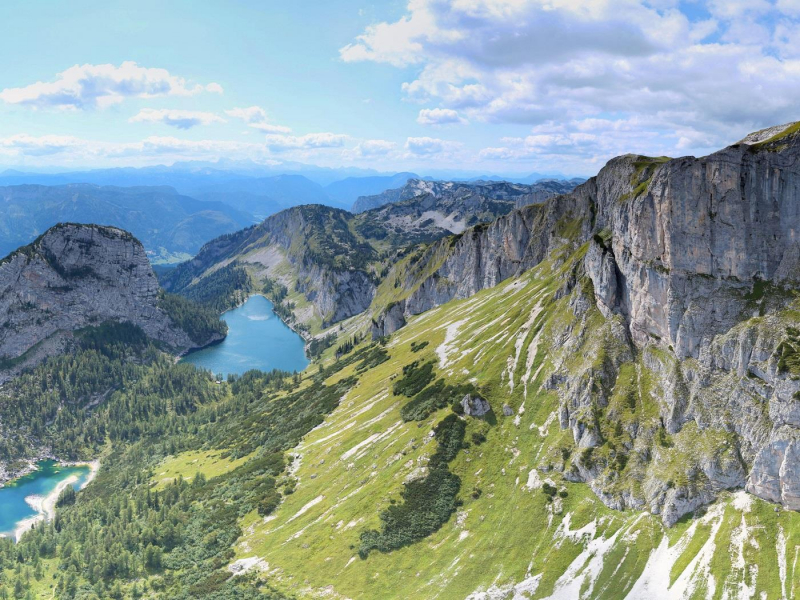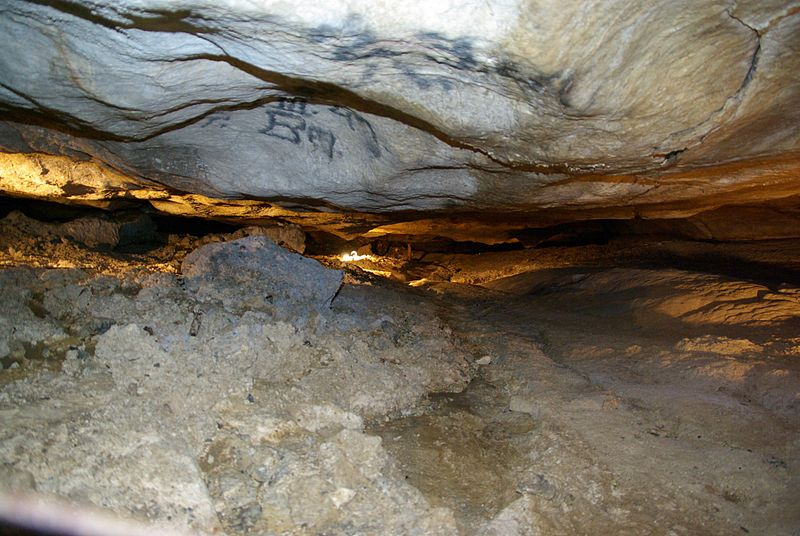Salzofen Cave
In the Austrian state of Styria, the Salzofen cave is an archaeological site. It's about sixty meters below the top, in the municipality of Grundlsee, at a height of around 2,000 meters (6,600 feet). Fireplaces, stone tools, and bone tools dating from 65000 to 31000 BCE have been discovered throughout the Neolithic and Middle Paleolithic periods.
Two hunters discovered many fossilized bones in the cave's entrance region in 1924 while seeking refuge from a storm. They gave them up to Otto Körber, a Bad Aussee school principal. The next day, Körber arrived at the location and immediately began digging, progressing over 100 meters (330 feet) until summer, unearthing vast quantities of bone fossils. He quickly determined that the majority of the faunas remnants were from an interglacial period. The majority of the bones belonged to cave bears, and Körber was able to piece together an entire cave skeleton using his discoveries. He uncovered bone remains of the wolf, marten, Alpine ibex, and a whole wolverine skeleton in deeper and older levels. In 1934, Körber discovered the first and only artifact manufactured by prehistoric humans, a horn scraper, despite numerous charcoal fragments and burnt bones leading him to believe he had discovered one of Europe's most elevated Paleo-human occupancy sites. Under the direction of Kurt Ehrenberg, excavations were performed from 1939 to 1949, 1948 to 1953, and 1956 to 1964. He discovered odd arrangements of bear skulls, as well as assemblages of tools and artifacts that could only be attributed to human action.
Location: Styria, Austria






